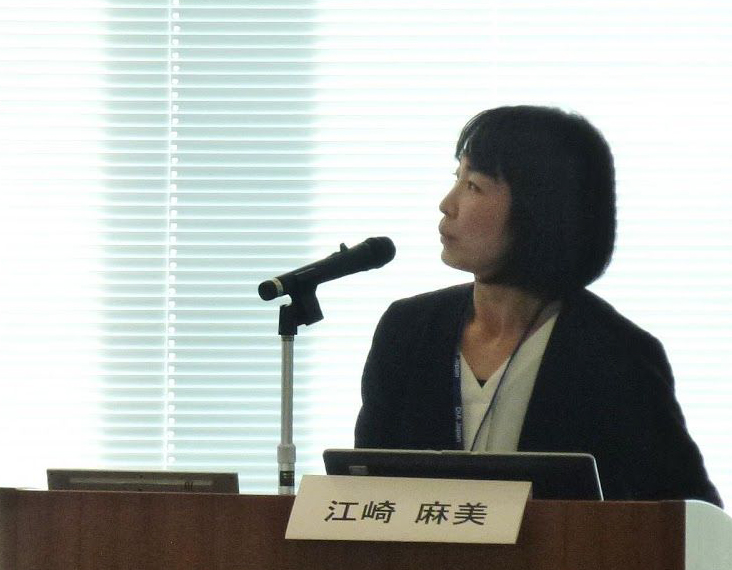Around The Globe
The CTD as a Medical Communication Tool
Japan’s 1st DIA Medical Communication Workshop
Keiko Tsumori, Author
Leader of the Medical Communication Community, Japan
Junichi Nishino, Editor
Global Forum
Japan Regional Editor
ccording to a survey sent out to the medical writing departments of 24 pharmaceutical companies Common Technical Documents (CTDs), Risk Management Plans (RMPs), and Package Inserts (PIs), are often prepared separately by different departments.
Only very few companies involve their medical writing department in the drafting of RMPs, and it is unclear who is responsible for confirming key safety messages across these three documents. Moreover, changes in RMPs and PIs as a result of PMDA instructions during the CTD review process can be another source of differences in safety information, particularly between RMPs and CTDs.
In December 2017, 90 representatives from industry, regulatory authorities, and healthcare providers attended the 1st DIA Medical Communication Workshop in Tokyo, to discuss current issues related to the role of the CTDs in medical communications and share ideas for ideal medical communication in the future, including the importance of considering RMPs and PI during preparation of CTDs (Module 2 to Module 5) from the beginning.
Why it matters: As patient centricity expands and the volume of available product information continues to grow, it is critical to provide consistent and accurate information on healthcare products.
Key Takeaways from the Workshop
- Attendees generally agreed that it’s essential to consider the contents of all product-related medical communication from the beginning, especially in the planning phase of the CTD, to ensure consistency of key safety information. The consistency of this information has to be re-confirmed during the drafting of all documents.
- Pharmaceutical companies use the content of CTDs to prepare Frequently Asked Questions (FAQs) documents for physicians and pharmacists before launching new drugs. Typically, medical writers are not involved in this process, but their involvement was introduced as a successful practice in this session. These FAQs continue to be used in post-marketing activities.

- Inconsistencies between RMPs and CTDs could be mitigated if the PMDA accelerated the timing of its inquiries on the description of Safety Specifications in the RMP.
To align CTDs and PIs, PIs should include efficacy results and adverse effects incidences for both experimental and control groups (currently most PIs do not include the result in the control group). - To align CTDs and PIs, PIs should include efficacy results and adverse effects incidences for both experimental and control groups (currently most PIs do not include the result in the control group).
- Representatives of PMDA emphasized the importance of considering RMPs, PIs, and CTDs (particularly in Modules 2 and 5) together. For example, the incidence of risk included in RMPs and PIs should be provided as background information in the CTD. They also pointed out that Modules 2 and 5 of the CTD should be consistent.
- The safety and efficacy information included in the CTD and related communications should be clear so they can be accurately understood by all healthcare providers (HCPs).
- Pharmacists check the PI and other documents (RMP, CTD and review reports) to know the rationale for the listed precautions. HCPs also need the independent data of patients enrolled in the clinical studies to provide the best care to their individual patients.


